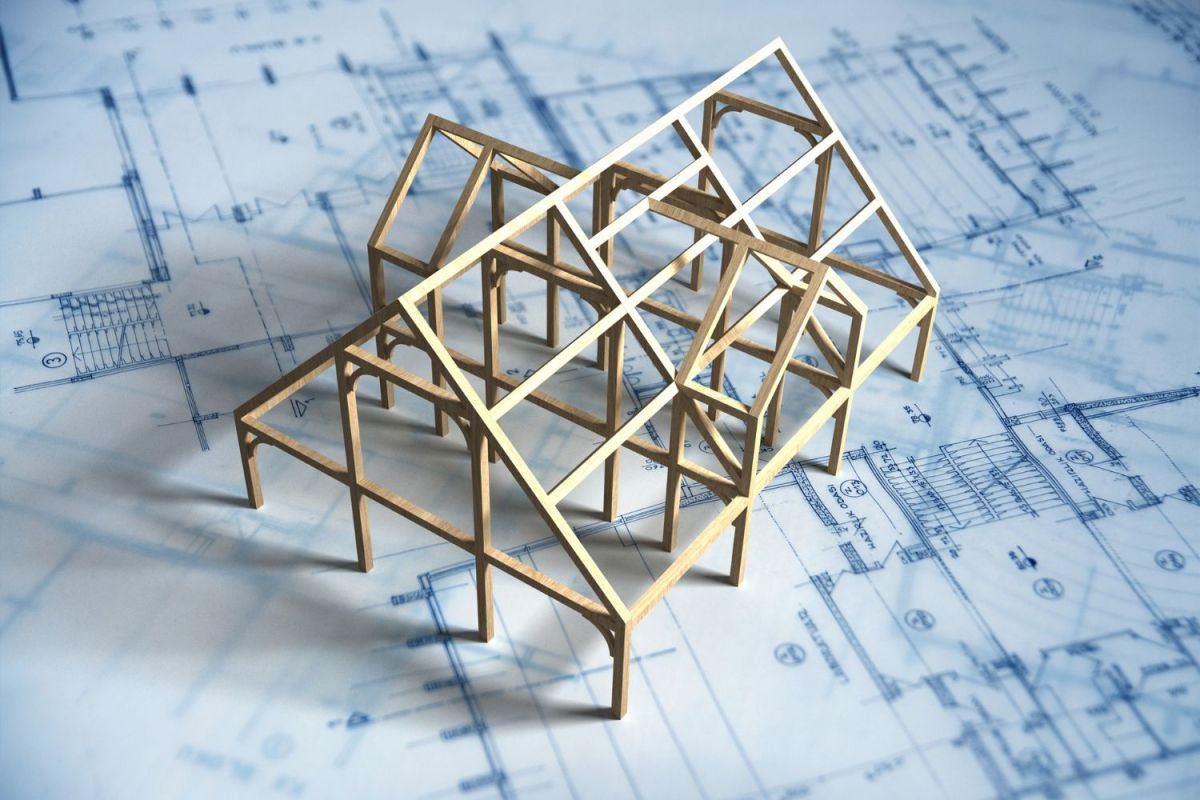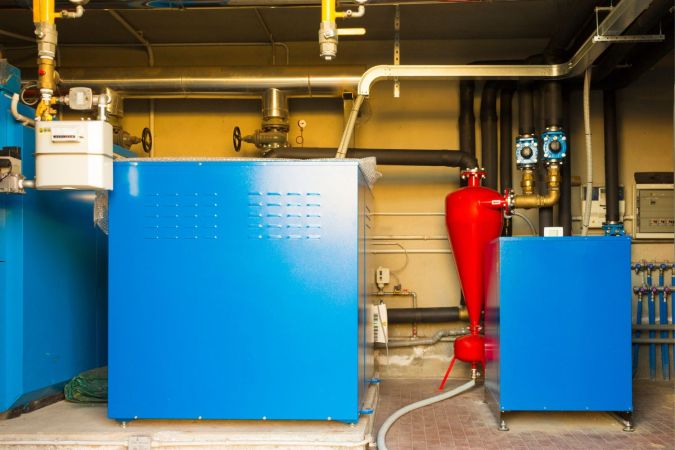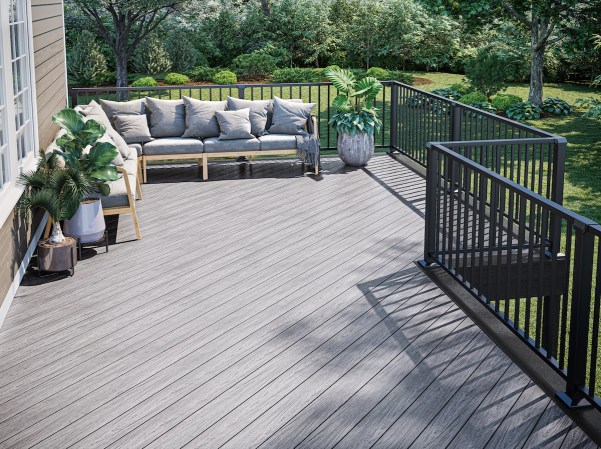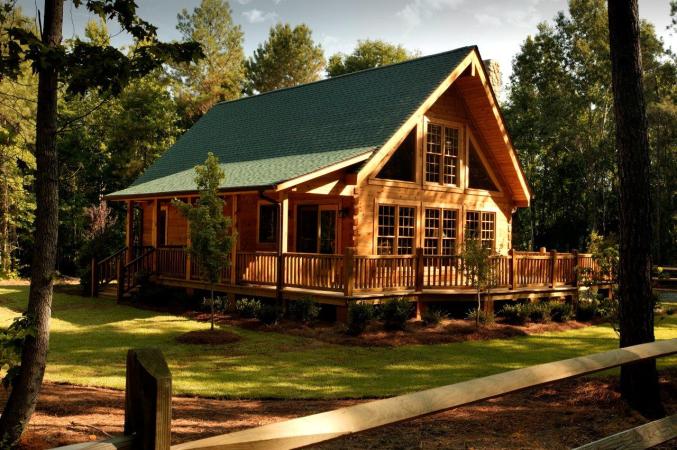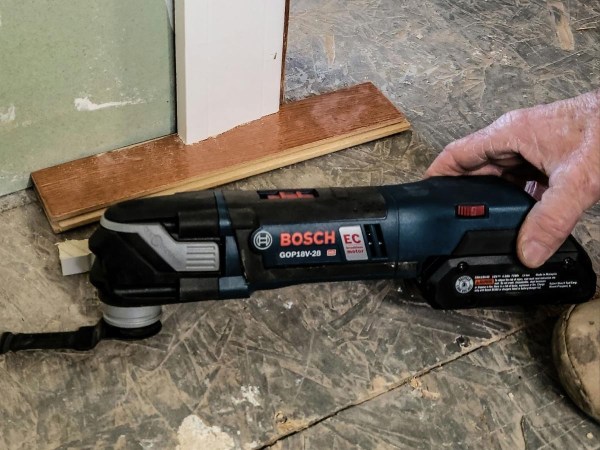We may earn revenue from the products available on this page and participate in affiliate programs. Learn More ›
Highlights
- It typically costs between $14,000 and $32,000 to frame a home, with customers paying an average of $23,000 nationally.
- Some of the main factors that affect the cost to frame a house include the type of framing project, the house size, the framing material used, and the complexity of the project.
- Homeowners who have professional construction experience may be able to tackle some or all of the house framing themselves, but most homeowners will want to hire a pro to ensure the structural integrity of their home.
Framing a house means constructing its skeletal structure. This includes the walls, floors, and roof. Framing is one of the first and most important steps in home construction. When trying to determine how much it will cost to frame a house, homeowners and contractors will need to consider several factors, including the size of the house, the framing materials being used, and the complexity of the project. Framing is a large part of the total cost to build a house.
Other factors, such as whether the framework is for a new build or a repair, can also heavily influence the final cost.
According to Angi and HomeAdvisor, the average cost to frame a house is $23,000 nationally, with a typical range across the country between $14,000 and $32,000.
This guide will cover more information about estimating material and labor costs for a house framing project, along with types of framing projects and money-saving tips every homeowner should know.
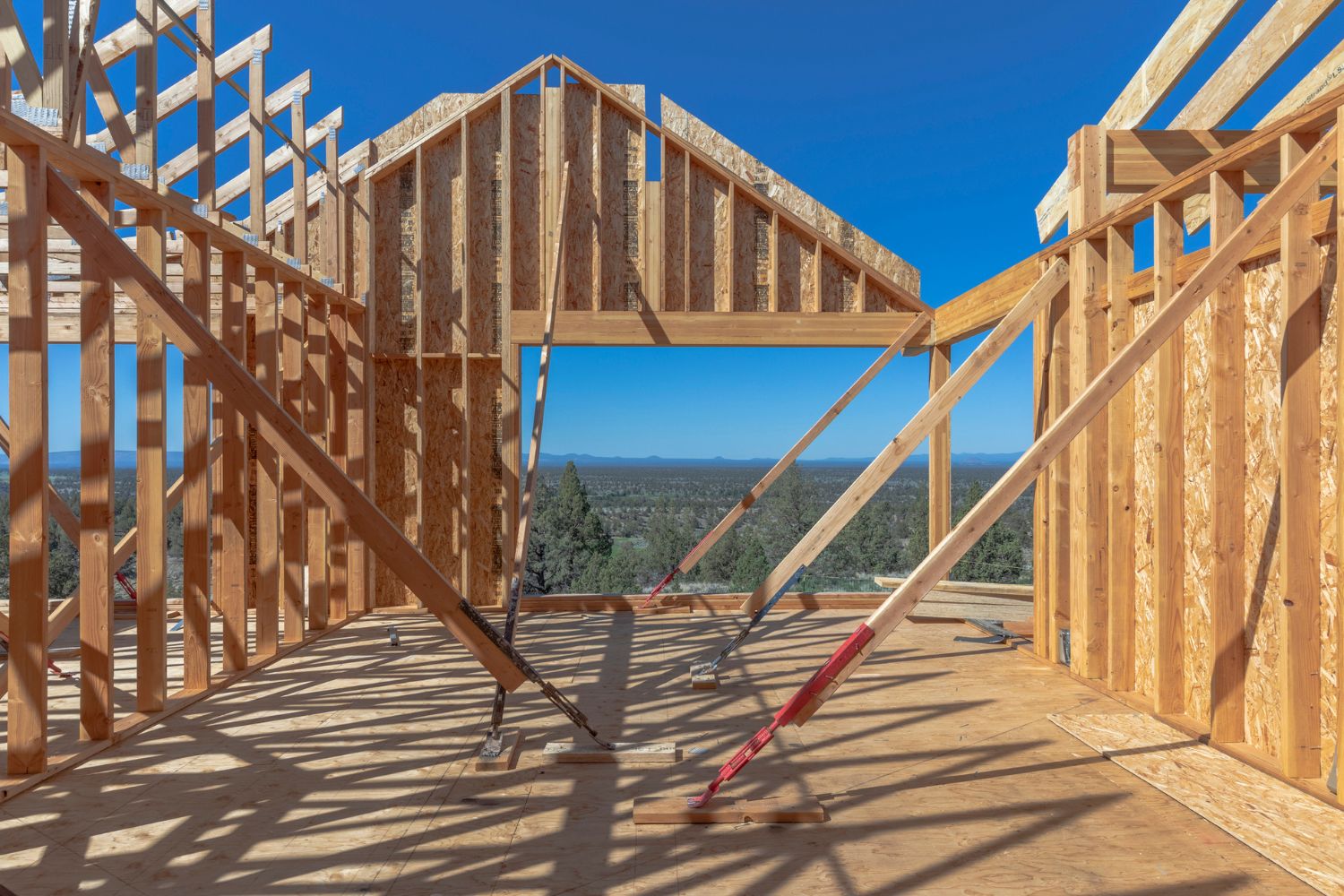
Factors in Calculating the Cost to Frame a House
Factors such as the local cost of materials, labor, and the type of framing needed can all influence house framework pricing. When estimating the cost to frame a house, homeowners will want to consider the following variables.
Project Type
While house framing projects often involve an entire home, there are other types of house framing projects that are on a smaller scale, and the costs vary depending on the size of the job. For context, framing an entire home costs between $7 and $16 per square foot, while framing an addition to a home ranges from $6 to $10 per square foot. Framing interior walls costs more than framing exterior walls and ranges from $7 to $12 per square foot.
Garage framing is a more affordable framing project, with costs between $4 and $5 per square foot, while framing a basement has a price range of $10 to $16 per square foot. The cost to frame a roof depends on the complexity of the design, but on average homeowners will pay between $6 and $9 per square foot.
| Framing Project Type | Cost per Square Foot |
| Garage | $4 to $5 |
| Roof | $6 to $9 |
| Addition | $6 to $10 |
| Interior walls | $7 to $12 |
| Full house | $7 to $16 |
| Basement | $10 to $16 |
House Size
Generally speaking, the larger the home, the more a homeowner can expect to pay to have it framed. The average cost to frame a full house is between $7 and $16 per square foot. Based on these numbers, a 1,000-square-foot home costs between $7,000 and $16,000 to frame, while framing for a 1,500-square-foot home costs between $10,500 and $24,000.
The main reason that a larger house will cost more to frame is simply the increase in materials and labor. Additionally, larger homes often feature more intricate designs, which can add to the framing costs.
With all of this in mind, it is possible for a smaller home to cost more to frame than a larger home if its design is quite complex. The following table shows the cost range for a variety of home sizes.
| Home Size (Square Feet) | Total Cost Range |
| 1,500 | $10,500 to $24,000 |
| 1,800 | $12,600 to $28,800 |
| 2,500 | $17,500 to $40,000 |
| 3,000 | $21,000 to $48,000 |
Framing Material
There are two main types of framing materials used by contractors for home construction. Lumber is a common choice, costing between $1 and $5 per square foot. When it comes to wood, both traditional and engineered wood framing are easy to work with and can be cut to suit almost any design. Wood is also a good insulator and helps a home maintain a comfortable temperature throughout the year.
Another common framing material is steel, with a cost range between $2 and $4. Steel is an attractive option for homeowners due to its affordability up front, although installation can be more costly than installation for other framing materials. Installing steel frames typically requires more labor and can cost up to an additional $1.50 per square foot as a result. However, steel is incredibly strong and can support more weight than wood. It’s also more resistant to rot, insects, and fire, so it’s a good long-term value.
Project Complexity
Homeowners often underestimate the influence complexity can have on the final cost of framing a house. A more intricate house framing diagram often means more materials, labor, and time will be necessary, not to mention the need for special tools and equipment, which can come at an additional cost.
While the project type and home size are important factors, project complexity is what really drives up the price. For example, if a small A-frame house build has a complex design, the framing could end up being more costly than it would for a larger addition.
When coming up with a house framing budget, homeowners are advised to consider the complexity of the project and the fact that simple framing is likely to be the more affordable option.
Labor
The cost of labor for house framing can vary based on a number of factors. Generally, larger homes and those with more intricate designs require more time and/or crew members, resulting in higher labor costs. Location can also influence labor costs, as homeowners in more rural areas of the country are more likely to pay less in labor than those living in more urban areas.
Experience level can also influence labor costs. Contractors with more framing experience are apt to charge more than those just starting their careers. As a rule of thumb, homeowners can expect to pay a labor cost for framing per square foot between $4 and $10.
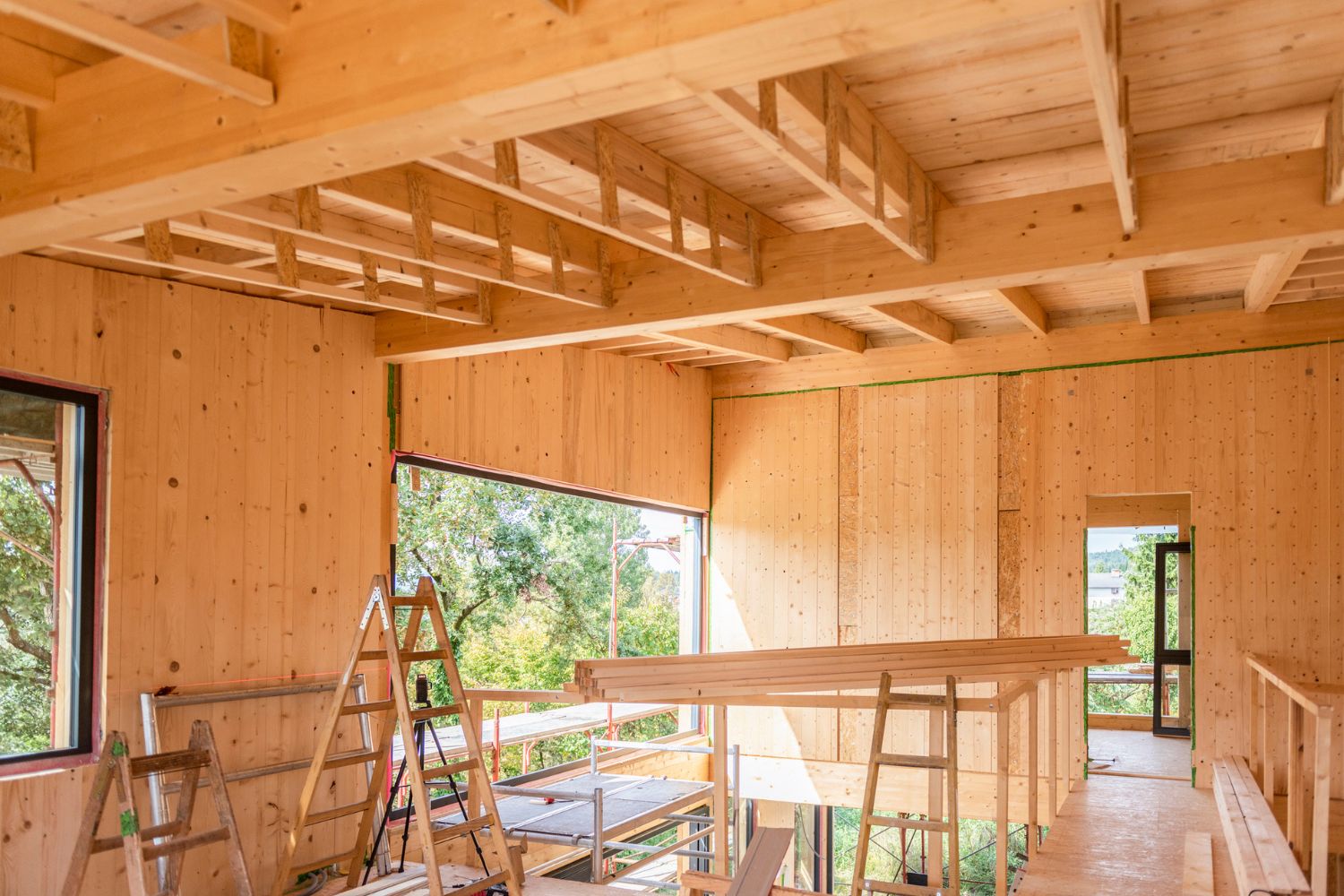
Additional Costs and Considerations
Homeowners will want to be aware that certain framing construction jobs may involve additional costs due. To ensure a project stays within budget, it’s important for a homeowner to consider these costs before starting any framing job.
Residential vs. Commercial
The cost of residential framing is generally lower per square foot than the cost of commercial framing due to differences in complexity, material, and structural requirements. Where residential framing costs between $7 and $16 per square foot, commercial framing costs between $12 and $40 per square foot.
Commercial framing projects usually involve more complex designs. Framing spans are longer, and larger lumber is needed to get the job done. Commercial buildings are also more likely to use steel for their framing, which is more expensive than the lumber more commonly used for residential buildings. Finally, commercial framing often requires structural engineering to meet local building codes, significantly increasing the overall expense.
New Structure vs. Replacement
Replacing the framing on a house is typically more expensive than constructing a new frame due to the increased complexity and labor involved. The existing framework must be removed, the area must be inspected, and the new framework must be installed. This process requires more time, materials, and labor, which can lead to increased home renovation costs.
Replacing a home’s framework—which may involve replacing rotted or damaged materials, adjusting the framework to meet new building codes, and dealing with existing structural issues caused by the old framework—may present more challenges than building the framework for a new home. When replacing an old frame, homeowners can expect to pay an additional framing cost per square foot of $4 to $15 over what they would pay for new construction.
Home Sheathing
If a house frame is its skeletal structure, sheathing is its muscular system. It protects the framework while adding additional strength and stability. Home sheathing is a protective layer of material that encapsulates simple framing and is typically made from wood. Sheathing not only helps protect a home from pests and the elements, but it can also provide insulation, soundproofing, and improved energy efficiency. Without sheathing, a home may be more prone to water damage as well as other structural issues. The cost of sheathing can range from $2 to $8 per square foot, but the investment can help to protect a home from costly structural damage in the long run.
Types of House Framing Projects
Homeowners will want to consider the type of framing when coming up with a construction budget, as different types have different price ranges. For example, full-house framing tends to be more expensive than smaller projects like roof or garage framing. What follows is a more thorough breakdown of different types of house framing projects.
Basement
Framing a basement is a great way to create more living space in a home. A homeowner can frame their basement to create almost any kind of space, including an extra bedroom, an office, or a recreation room for their growing family. Framing a basement can also significantly increase the value of a home by creating more usable square footage to entice potential buyers.
On average, framing costs for a basement range from $10 to $16 per square foot, with precast panel framing costing the most and poured concrete framing the least. Overall, basement framing can cost around $1,200 for an average-size space.
Full-House Framing
A building’s entire frame can be constructed all at once using the construction method known as full-house framing. This method ensures a stronger and higher-quality structure. Full-house framing also speeds up construction, saving time and money.
Framing an entire home typically costs between $7 and $16 per square foot, depending on the size of the house. Homeowners can anticipate paying up to $3 more per square foot for a 2-story, 2,000-square-foot home compared to the price for a single-level home of the same size. Accordingly, the price of a 2,000-square-foot, 2-story home ranges from $20,000 to $38,000, while the price of a single-story home ranges from $14,000 to $32,000.
Garage
Adding a garage to a property is a great investment that can increase the value of the home. Not only does it provide additional storage space for tools and equipment, but it also offers a secure place for parking vehicles and storing recreational items. Additionally, garages offer extra living space for DIY projects and hobbies.
The cost of framing for garages typically ranges from $4 to $5 per square foot. Pricing is influenced by a variety of factors, such as the size and complexity of the garage, the type of materials used, the labor costs, and the geographical location. Homeowners are advised to keep in mind that framing a detached garage tends to be more expensive than framing a garage attached to a home.
Home Addition
There are many reasons a homeowner might choose to invest in the cost to build a home addition. Perhaps they want an additional bedroom, a larger kitchen, or a special room for entertaining. Building an addition can also provide extra storage options, privacy, and flexibility for the homeowner in terms of how they utilize their home’s space.
Of course, framing an addition comes at a price. On average, framing a home addition costs between $6 and $10 per square foot. For a 750-square-foot addition, the price typically ranges from $4,500 to $7,500. If the design is more complex, homeowners can expect to pay closer to the upper end of this cost range.
Roof Framing or Trusses
Roof framing is an important step in constructing a home. It’s what gives a roof its shape and style. On average, it costs between $6 and $9 per square foot to frame a roof. However, more complex designs (such as roofs with multiple angles, valleys, and dormers) are likely to cost more.
Some roof designs require trusses. Trusses are prefabricated, triangulated wooden structures used as an alternative to rafters or stick framing. Roof trusses allow for a quick installation process compared to traditional roof framing. The cost of installing roof trusses ranges from $1.50 to $4.50 per square foot; trusses that are shorter than 36 feet cost less.
Walls and Ceiling
The cost of an interior wall and ceiling framing project is typically around $1,900. Depending on the complexity of the job, the rate can range from $7 to $12 per square foot. Homeowners can expect to pay less when installing new framing, such as when framing is part of the cost to finish an attic, as opposed to replacing damaged framing, such as in a water-damaged ceiling.
However, if new walls are being framed in an already finished home, the owner can expect the cost to be a little higher. Contractors may charge more, since they’re working in a confined space and may be trying to manage dust and debris. To save on the cost to frame walls and make the project easier to manage, homeowners will want to consider incorporating the framing into a larger remodel before moving in. This approach can be more cost-effective in the long term.
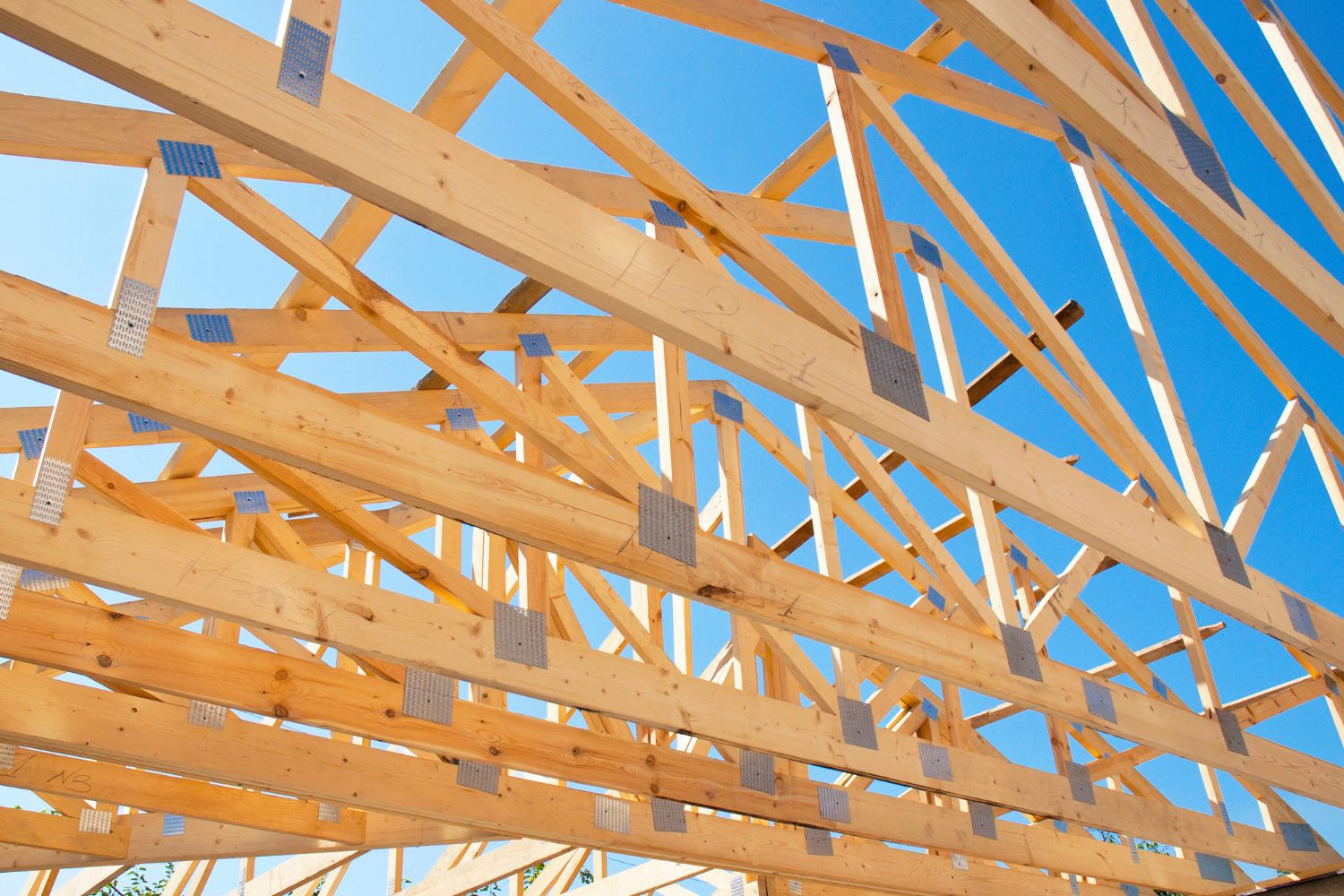
Framing a House: DIY vs. Hiring a Professional
The cost of labor alone accounts for 40 percent of the total cost to frame a house. This is what makes a DIY framework project so enticing to homeowners on a tight budget. But there’s more for homeowners to consider than just potential cost savings when they are trying to decide between taking on a DIY framework job and calling a professional, including the following.
- Materials. The cost of materials isn’t much different for a DIY and a professional framework job, but getting lumber or steel to a job site often requires a special vehicle. Renting a vehicle large enough to haul the necessary materials can be an added cost for a homeowner to consider.
- Experience. A person who frames houses for a living will always have more experience than a homeowner looking to save on labor costs. Even though the steps to framing a house may seem simple in nature, calculations and cuts must be precise. A single mistake can throw off the entire project. A professional’s experience in framing projects helps prevent delays and mistakes.
- Safety. Framing houses requires some heavy-duty tools that can be dangerous for a homeowner who doesn’t fully understand how to operate them. Framing a roof also has its own unique risks that a professional is better equipped to navigate than a homeowner with minimal framing experience.
While a DIY house framing project can save a homeowner a large percentage of their budget, there are too many risks to consider. The consequences of an unsuccessful DIY house framing project can be costly, hazardous, and even life-threatening. Even though hiring a professional for a house framing project requires a large initial investment, it can actually save money in the long run.
How to Save Money on the Cost to Frame a House
Those using a framing calculator to help estimate their construction budget may notice that the cost to frame a house can quickly add up on large or complex projects. Even smaller jobs can come with significant construction costs. To help homeowners save money on framing their houses, here are some simple tips.
- Keep it simple. Choose a simple home design for a more affordable house frame.
- Buy in bulk. Come up with a detailed framing plan with a set list of materials so they can be bought in bulk for less cost.
- Build up. Building a two-story house often costs less than building a one-story house because a two-story home will have a smaller roof and foundation than a one-story house of the same size.
- Utilize scraps. Framing can leave a lot of scrap wood behind; ask the contractor to use cutoffs for drywall backers, joist blocking, and other fillers.
- Use fewer materials. Consider advanced framing techniques that require fewer materials and increase energy efficiency, which can offer cost savings long after the framing is complete.
- Choose an open-plan design. Keep living spaces open and communal to reduce the number of interior walls.
- Shop around. Receive quotes from multiple contractors, putting experience against costs to find the best value.
Questions to Ask About Framing a House
When homeowners are looking for a contractor or team to take on a frame house build, it’s important for them to ask questions about the professional’s experience and knowledge. Getting answers to the following questions can help a homeowner make an informed hiring decision.
- How much experience do you have?
- Are you licensed and insured?
- Do you have a portfolio of past similar projects or references I can contact?
- When can you add my project to your schedule?
- What is your estimated timeline for my framing project?
- What kind of materials do you use or recommend?
- Will you complete the project yourself, or do you work with subcontractors?
- What safety protocols do you follow?
- What are your deposit and payment terms?
- Do you offer any warranties or guarantees?
- Will the weather interfere with the project timeline?
- Can you provide me with a written quote that includes all the project details?
- How do you handle discrepancies after the project has been completed?
FAQs
Framing is a critical element in the construction of any home, and the cost to frame a house will always need to be factored into a homeowner’s overall construction budget. For more information on house framing, homeowners can take a look at the following frequently asked questions and their answers.
Q. How do I frame interior walls?
Framing an interior wall is no easy task, and unless a homeowner has extensive experience in the field, it’s best to hire a professional for the job. The process includes cutting the materials, measuring the wall height, cutting plates and studs, and assembling the wall. It’s important to check for plumb and make sure everything is level, as mistakes can be difficult to disguise once the drywall goes up.
Q. What is the best material to use to frame a house?
Lumber is a popular choice for framing a house. It’s budget-friendly, costing anywhere from $1 to $5 per square foot, and is fairly simple to work with. When installed correctly, it can last for the lifetime of a house. Steel is also a cost-effective option, ranging from $2 to $4 per square foot, plus it’s more eco-friendly and can resist damage from the weather, pests (including termites), and fire.
Q. How much time do I need to frame a house?
Generally speaking, it takes between 1 and 3 weeks to frame a house. This timeframe is largely determined by the size and complexity of the design, as well as the skill level of the workers. One of the cons of an A-frame home is its complexity, which can lead to higher framing costs. As framing is a critical part of the overall time it takes to build a house, it is important to take the necessary time to ensure the job is done correctly. Rushing the process can lead to costly mistakes and delays down the line.
Q. How much will it cost me to frame a 1,500-square-foot house?
The cost range to frame a house is $7 to $16 per square foot. This means that framing a 1,500-square-foot house costs between $10,500 and $24,000. The final cost will depend on other influential factors, such as the type of framing project and local labor costs.
Q. How do I save money on framing a house?
When looking to save money on house framing, a homeowner will first want to make sure both the general contractor and framing crew have a detailed and accurate understanding of the framing plan. This can reduce wasted and scrap lumber. If there is scrap wood, homeowners can save by encouraging their contractors to use cutoffs for joist blocking and other fillers. Finally, working with a contractor knowledgeable in advanced framing techniques can help stretch a framing budget and save money in the long run.
Q. What does house framing include?
Framing is one of the most important steps in building a home because it provides skeletal support for the entire house. House framing includes the joists and plywood for the floor, plates and studs for the walls, and additional joists for the ceiling. The final framework component is the roof, which includes the rafters, trusses, and roof decking.
Sources: Angi, HomeAdvisor
